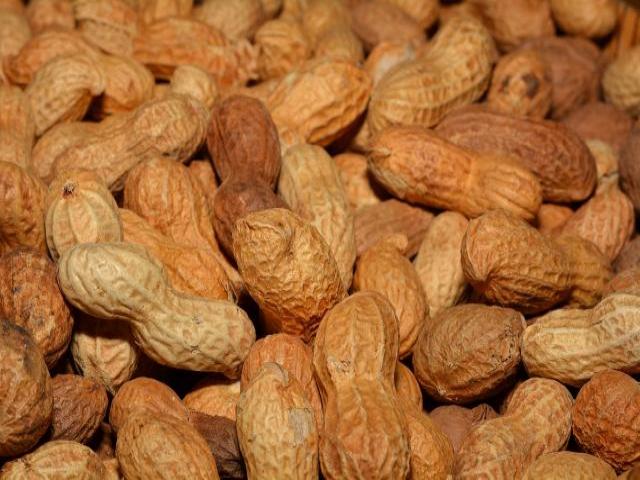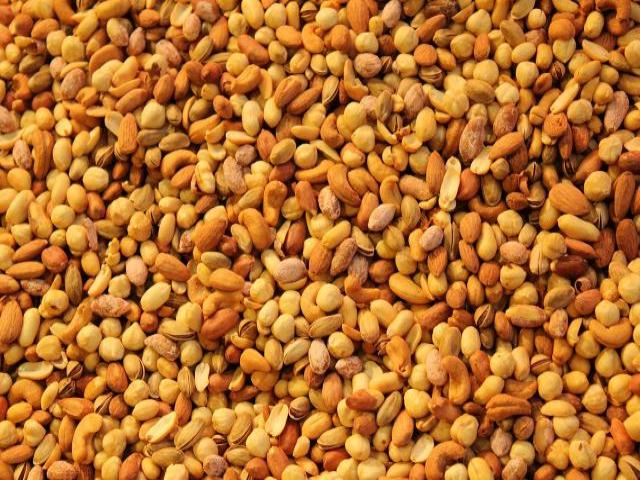8 Most Common Food Allergies
There are an almost unlimited number of potential food allergies in the world. You could potentially be allergic to anything, but did you know 8 foods make up 90% of all food allergies. Can you guess them all?

Did you know, milk is a common allergy found in infants affecting approximately 5% of the infant population? Milk allergy is however commonly outgrown by the age of 5. There are milk alternatives available for those with milk allergy, such as coconut milk, soy milk and almond milk although some are unsuitable for young children (always read the labels), and some are sourced from other foods that are commonly associated with food allergy.

Did you know, fish allergy affects around 0.5% of the general population and unlike milk allergy, an allergy to fish is far more common in adults? Additionally, it is rare for an individual with a fish allergy to grow out of it. Fish allergy is also separated from a shellfish allergy and many fish allergic people are able to tolerate shellfish. However an allergist should be consulted to ensure you are not also shellfish allergic.

Did you know, egg allergy is much more common in children than in adults and that most children with an egg allergy will out grow it by the age of 5? There are also two types of egg allergy, with most egg allergic people able to tolerate cooked forms of egg. It is important to consult an allergist to confirm which type you may have. The problem that follows is when eggs are partially cooked, such as omelettes (omelets) compared to cake products where the egg is well baked. Egg allergy along with eczema in young infants is also a risk factor for developing a peanut allergy.

Did you know, that peanuts are actually not nuts? They are a member of the legume family and are more related to soybeans than nuts, however it is possible to have an allergy to both nuts and peanuts so it is important to consult your allergist. Peanut allergy is common in both children and adults, and it is rare for a person to grow out of a peanut allergy. Peanuts can also be called different terms such as groundnut and monkey nut which is important to be aware of. Recent research completed in the LEAP study (Learning Early About Peanut Allergy), has suggested that early exposure to peanuts early in life may reduce the chances of developing peanut allergy later in life.

Did you know, shellfish allergy is more common than fish allergy and affects around 1% of the general population? A shellfish allergic person reacts to crustaceans such as prawns, shrimp and crabs, although many shellfish patients can tolerate fish. It is very important though to consult an allergist before experimenting with new food. Similar to fish allergy, seafood allergy is more common in adults than in children and it is unusual to grow out of this allergy.

Did you know, intolerance to gluten is not an allergy but termed as coeliac (celiac) disease? Coeliac (celiac) disease is usually a lifelong intolerance and can cause many problems when gluten is eaten, such as abdominal cramps, stomach ulcers and even lead to osteoporosis. Wheat allergies are mostly seen in children and are commonly outgrown before adulthood. As wheat is one of the largest components of a westernised diet, it can be extremely difficult to avoid it, as wheat is found in foods from breads to pastas, processed meats to snacks. As wheat allergy and intolerance is becoming more publicised, “wheat free” alternatives are becoming more common, however these can pose problems to those with multiple food allergies if they are sensitive to the substitute food as well.

Did you know, that nuts and peanuts are some of the most common triggers of anaphylaxis? Some individuals may be allergic to just one type of nut, whereas others may cross-react with many nuts, so it is important to be aware of different terms for nuts. Some common terms are macadamia nuts, Brazil nuts, almonds, pistachios, cashew nuts, pine nuts, walnuts and hazelnuts. It is also important to be aware that pesto is commonly prepared using nuts and as it is sometimes used in the home environment, it is good practice to ask whether pesto has been used (as well, of course, as asking if nuts have been used). An allergy to nuts is also likely to last for life, as it is rare to outgrow nut allergy.

Did you know that a soybean is from the same family as a peanut? However, although form the same family, it is rare for a soybean allergic person to be allergic to peanuts and vice versa. Soy is present in many processed foods and so it can be difficult and stressful to avoid, however it is important to check all food labelling as it can be found in surprising foods such as crisps and hamburgers for example.
